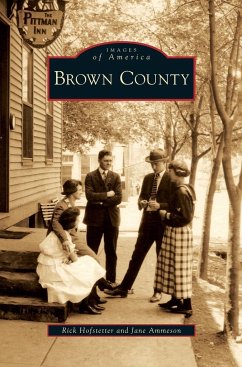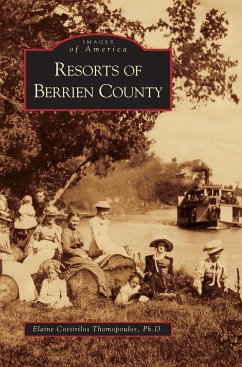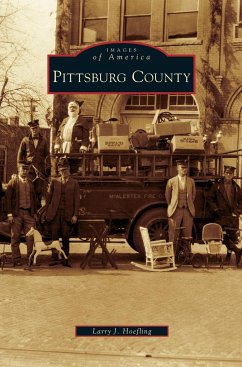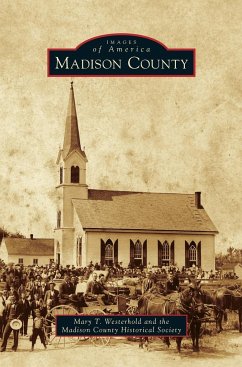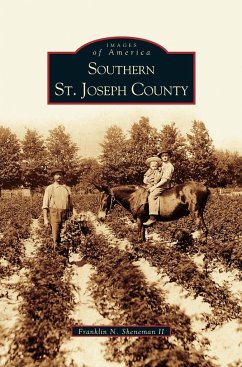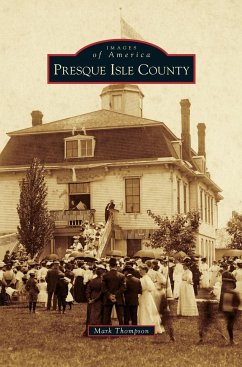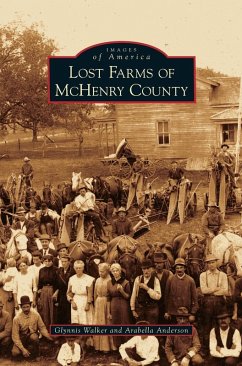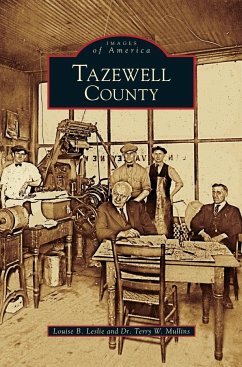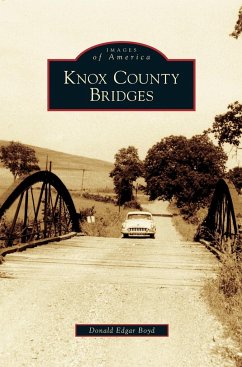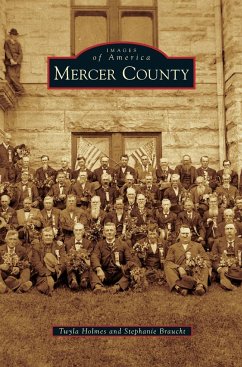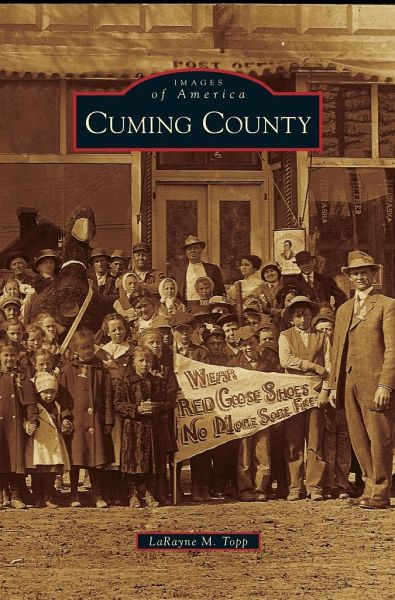
Cuming County
Versandkostenfrei!
Versandfertig in 1-2 Wochen
23,99 €
inkl. MwSt.

PAYBACK Punkte
12 °P sammeln!
When European settlers first came to Cuming County, they saw only what the Omaha, Pawnee, Otoe, and Ponca, and a few early trappers and traders had always seen: grass. They found acres of big bluestem, little bluestem, switchgrass, and sideoats grama. With slough grass growing as tall as a man on horseback, landmarks--a lone tree or a bend in the river--helped them find their way home to families burrowed into their dugouts like gophers on a mound-dotted prairie. Beginning in the 1860s, railroad tracks crisscrossed the state, bringing Germans, Bohemians, Scandinavians, Irish, and more. Eventua...
When European settlers first came to Cuming County, they saw only what the Omaha, Pawnee, Otoe, and Ponca, and a few early trappers and traders had always seen: grass. They found acres of big bluestem, little bluestem, switchgrass, and sideoats grama. With slough grass growing as tall as a man on horseback, landmarks--a lone tree or a bend in the river--helped them find their way home to families burrowed into their dugouts like gophers on a mound-dotted prairie. Beginning in the 1860s, railroad tracks crisscrossed the state, bringing Germans, Bohemians, Scandinavians, Irish, and more. Eventually, a network of dirt roads, graveled county roads, and paved highways replaced the deer paths and Indian trails. So has run the winding path of Cuming County's continual transformation into a patchwork quilt of farm fields, cattle yards, homes, and businesses, stitched together with the firm threads that make a county strong.



